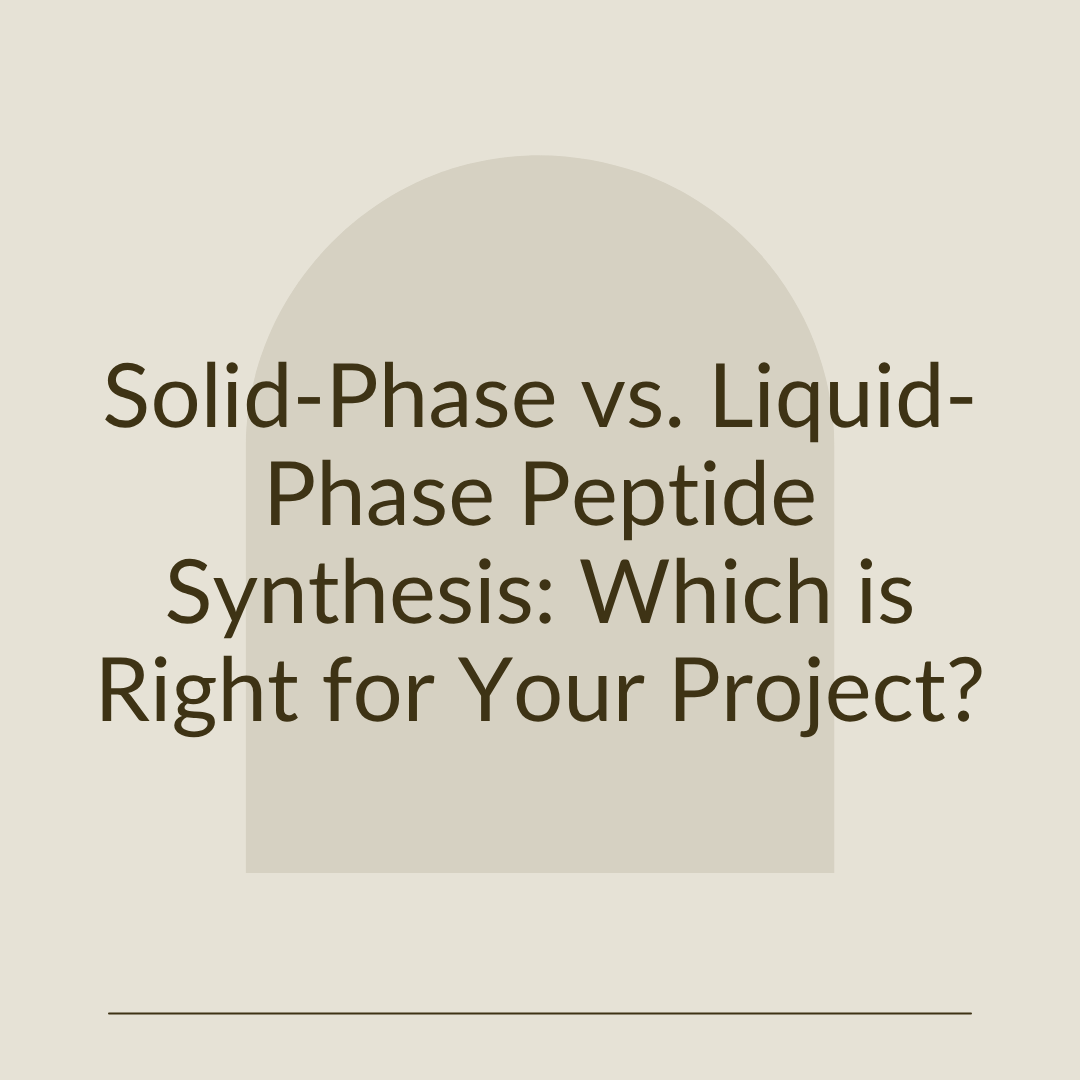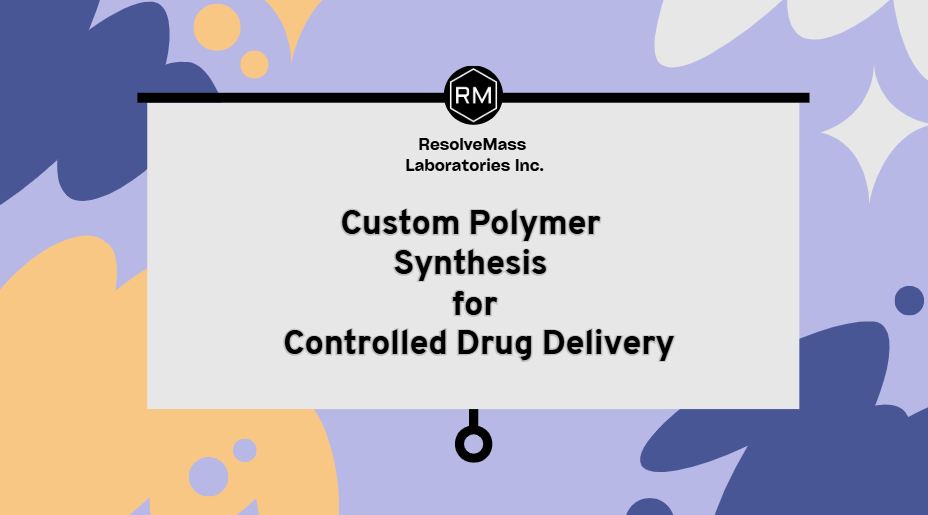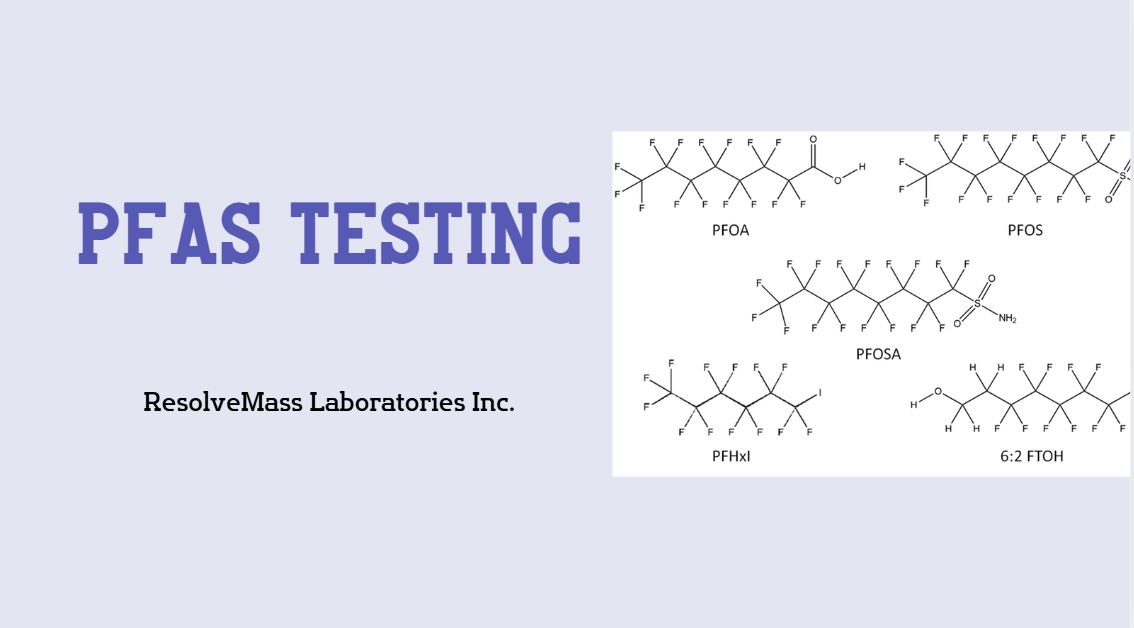Introduction: Understanding Solid vs Liquid Phase Peptide Synthesis
Choosing between solid-phase and liquid-phase peptide synthesis is a key decision that can greatly impact the outcome of your peptide project. The choice between the two, commonly referred to as Solid vs Liquid Phase Peptide Synthesis, depends on factors like purity, scalability, cost, and turnaround time. At ResolveMass Laboratories Inc., we understand these differences and help clients navigate the Solid vs Liquid Phase Peptide Synthesis decision-making process based on their target peptide, complexity, and development stage. Having supported hundreds of pharmaceutical and biotech teams, we tailor each synthesis strategy, solid or liquid phase to align with your specific goals and regulatory needs.
In this guide, we’ll clearly explain the differences between these two major peptide synthesis techniques—solid-phase and liquid-phase, so you can make an informed decision. Our goal is to help you choose the right approach based on your project needs, supported by real lab data and insight from experienced chemists.
What Is Peptide Synthesis?
Peptide synthesis is the chemical process of linking amino acids together in a specific sequence to create peptides. This process mimics how peptides are naturally formed in the body but is done in a controlled laboratory setting. It allows scientists to design and produce custom peptides for use in drug development, research, and diagnostics. Peptides made through synthesis can be used to study biological functions, develop vaccines, or serve as therapeutic agents.. The two primary methods used globally are:
- Solid-phase peptide synthesis (SPPS)
- Liquid-phase peptide synthesis (LPPS)
Both solid-phase and liquid-phase synthesis methods serve different purposes, and understanding their strengths is key to choosing the right one. Each technique offers unique advantages depending on the complexity, length, and scale of the peptide. Making the right choice can directly impact success in therapeutic development, diagnostics, and academic research, ensuring you get the purity, yield, and efficiency your project requires.
Discover how peptides are characterized after synthesis →
Solid-Phase Peptide Synthesis (SPPS): Fast and Scalable
What Is SPPS?
In solid-phase peptide synthesis, the peptide is built step-by-step while attached to an insoluble resin, which acts as a solid support. Amino acids are added one at a time in a specific order, and after each addition, the unreacted chemicals are washed away. A deprotection step follows to remove blocking groups, preparing the chain for the next amino acid. This cycle continues until the desired peptide sequence is complete, after which the finished peptide is separated from the resin and purified.
Advantages of SPPS
- Speed: Faster reaction cycles due to simplified purification
- Automation: Easily automated for high-throughput synthesis
- Purity: Less chance of side reactions; ideal for long peptides
- Scale-up friendly: Excellent for mg-to-gram scale synthesis
Use Cases
- Therapeutic peptides
- Diagnostic peptides
- Peptide-based vaccines
Learn how SPPS complements peptide purity testing →
Liquid-Phase Peptide Synthesis (LPPS): Precision and Flexibility
What Is LPPS?
In liquid-phase peptide synthesis, the entire process occurs in solution without using a solid resin support. Each amino acid is coupled and purified in solution before adding the next one, allowing for precise control over each reaction step. This method is often preferred for shorter peptides or when producing large quantities, as it can offer higher purity and better scalability in certain cases.
Advantages of LPPS
- High coupling efficiency: Excellent for dipeptides and small sequences
- Ease of intermediate isolation: Helpful for structure-activity studies
- Lower cost for short peptides: Fewer consumables compared to SPPS
Limitations
- Time-consuming purification steps
- Difficult to automate
- Less effective for longer peptides
Explore how impurities are detected in LPPS-made peptides →
Solid vs Liquid Phase Peptide Synthesis: A Comparative Overview
| Feature | SPPS | LPPS |
|---|---|---|
| Best for | Long peptides, high throughput | Short peptides, SAR studies |
| Purification | Minimal, resin-supported | Extensive solvent work |
| Time Efficiency | Fast | Slower |
| Automation | Highly automatable | Manual or semi-automated |
| Scalability | Medium to large scale | Small to medium scale |
Need help choosing between SPPS and LPPS? →
Case Study: Choosing SPPS for a 25-mer Antimicrobial Peptide
A clinical-stage biotech company based in Toronto reached out to ResolveMass for the synthesis of a 25-amino acid peptide known for its antimicrobial properties. The peptide was a key part of their drug development program, and they required high purity, batch consistency, and full analytical data to support preclinical studies. Our team developed a custom solid-phase synthesis workflow tailored to the peptide’s structure, delivering the compound on time with full regulatory-grade documentation.
- Challenge: High purity and scalability needed within 4 weeks
- Chosen method: Solid-phase peptide synthesis (SPPS)
- Outcome:
- 98.7% purity (HPLC-UV)
- Yield: 285 mg
- Turnaround time: 19 working days
- Impact: Enabled Phase I formulation trials ahead of schedule
Learn more about our peptide sequencing service →
When to Use Solid vs Liquid Phase Peptide Synthesis
Choose SPPS if:
- Your sequence is longer than 10 amino acids
- You need rapid synthesis or high throughput
- Automation or scalability is a priority
Choose LPPS if:
- You are working with short peptides (2–6 amino acids)
- You require intermediate isolation for SAR or conformational studies
- You want to reduce raw material cost for simple sequences
We guide you through each method’s suitability →
How ResolveMass Supports Your Peptide Synthesis Needs
At ResolveMass Laboratories Inc., we guide clients in choosing between solid-phase and liquid-phase peptide synthesis through a tailored, consultative approach. Our team considers factors like peptide length, complexity, scale, and regulatory needs to recommend the most efficient and cost-effective method. By aligning the synthesis strategy with your specific project goals, we help ensure high-quality results and faster development timelines. Our chemists evaluate:
- Sequence length and complexity
- Desired yield and purity
- Timeline constraints
- Cost efficiency
- Downstream application (e.g., diagnostics, therapeutics)
We also offer comprehensive peptide characterization services to ensure your synthetic peptides meet both regulatory and experimental standards. This includes techniques like NMR, LC-MS, HPLC, and amino acid analysis—giving you complete confidence in the identity, purity, and stability of your final product.
Explore peptide characterization services →
Conclusion: Making the Right Choice for Your Peptide Project
Selecting between solid-phase and liquid-phase peptide synthesis can have a major effect on your project’s success. At ResolveMass Laboratories Inc., we guide you in making the best decision using clear scientific reasoning—not assumptions. With deep expertise in both solid and liquid-phase methods, we ensure your peptide is synthesized with precision, efficiency, and delivered on schedule.
Whether you’re developing a new therapeutic or working to validate a biomarker, our team is ready to support every step of your peptide synthesis journey. From initial design to final analytical data, we provide the expertise, technology, and guidance you need to move forward with confidence.
Talk to our synthesis experts today →
Contact ResolveMass Laboratories Inc.
✅ Send us your peptide specs →
✅ Request a synthesis quote →
✅ Get expert guidance on SPPS or LPPS →
✅ Contact our scientific team →
FAQs: Solid vs Liquid Phase Peptide Synthesis
SPPS is preferred for longer peptides due to easier handling, automation, and fewer purification steps.
Yes, for short peptides with simple sequences, LPPS can be more cost-efficient due to lower material consumption.
Absolutely. With proper purification and characterization, both SPPS and LPPS can meet pharmaceutical quality standards.
Our chemists evaluate factors like peptide length, complexity, and intended use to recommend the most efficient and cost-effective approach.
SPPS generally yields ≥95% purity, while LPPS can vary but typically ranges from 90–98% depending on the sequence and purification.
Yes, SPPS is widely used for cyclization reactions, including disulfide bridge formation and head-to-tail cyclization.
Not usually. The two methods require different setups. However, small pilot batches can be done to evaluate feasibility before scaling.
SPPS often requires more solvents and reagents, while LPPS may use fewer, but needs more purification solvents. Both can be optimized for greener chemistry.
Yes, we offer full post-synthesis analysis, including peptide mapping, sequencing, impurity profiling, and purity testing.


